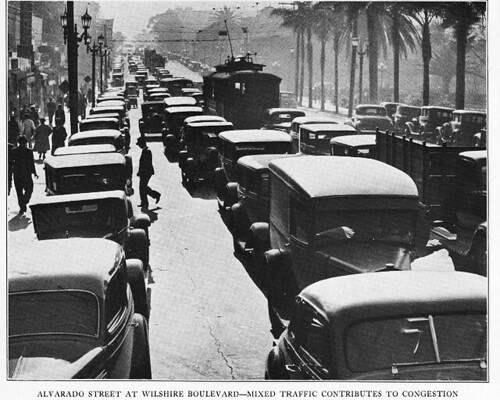The United States Congress forwarded the Fixing America’s Surface Transportation Act, or the FAST Act, to the White House last night, with President Obama expected to sign the bill into law just as the current highway authorization bill expires today. The FAST Act authorizes five years of funding for American highway and other transportation projects and is America’s first long term transportation funding law since SAFETEA-LU was signed into law by President George W Bush in 2005. Federal transportation policy since then has limped along with a series of continuing resolutions and the short term MAP-21 legislation, hindering long term planning.

Highlights:
- $305 billion each year funded by a reauthorized 18.4 cent per gallon Federal gasoline tax providing $245B, and a $70B subsidy via “offsets” from elsewhere in the Federal budget.
- $205B for highways over the next five years.
- $48B for transit projects over five years.
- $835 million each year for bike projects through 2017, and $850M for each of the final three years of this law, according to People For Bikes. Compare against the the roughly $815 million available each year in the Transportation Alternatives Program under the MAP-21 program that expires today. Unlike the highway and transit portions of FAST Act, there’s no provision to increase the annual active transportation component to inflation.
- Highway Trust Fund remains underfunded to the tune of $10B annually, according to Congressional Budget Office projections. The HFT is funded through the 18.4 cent per gallon Federal gasoline tax that has been unchanged since 1993. If you want more highway funding, you need to increase vehicle miles traveled and decrease fuel efficiency to increase gas tax revenue, which is a tax policy that strongly favors driving solo cars over every other form of transportation.
This bill essentially extends transportation spending policies and funding established with MAP-21 into 2020, with minor tweaks, but at least transportation planners can better plan for funding through the end of the decade.
Isn’t that a slightly misleading way to state the relative allocations? Why not say $4.22B for bike projects over the next 5 years? Still a vast gulf, of course…